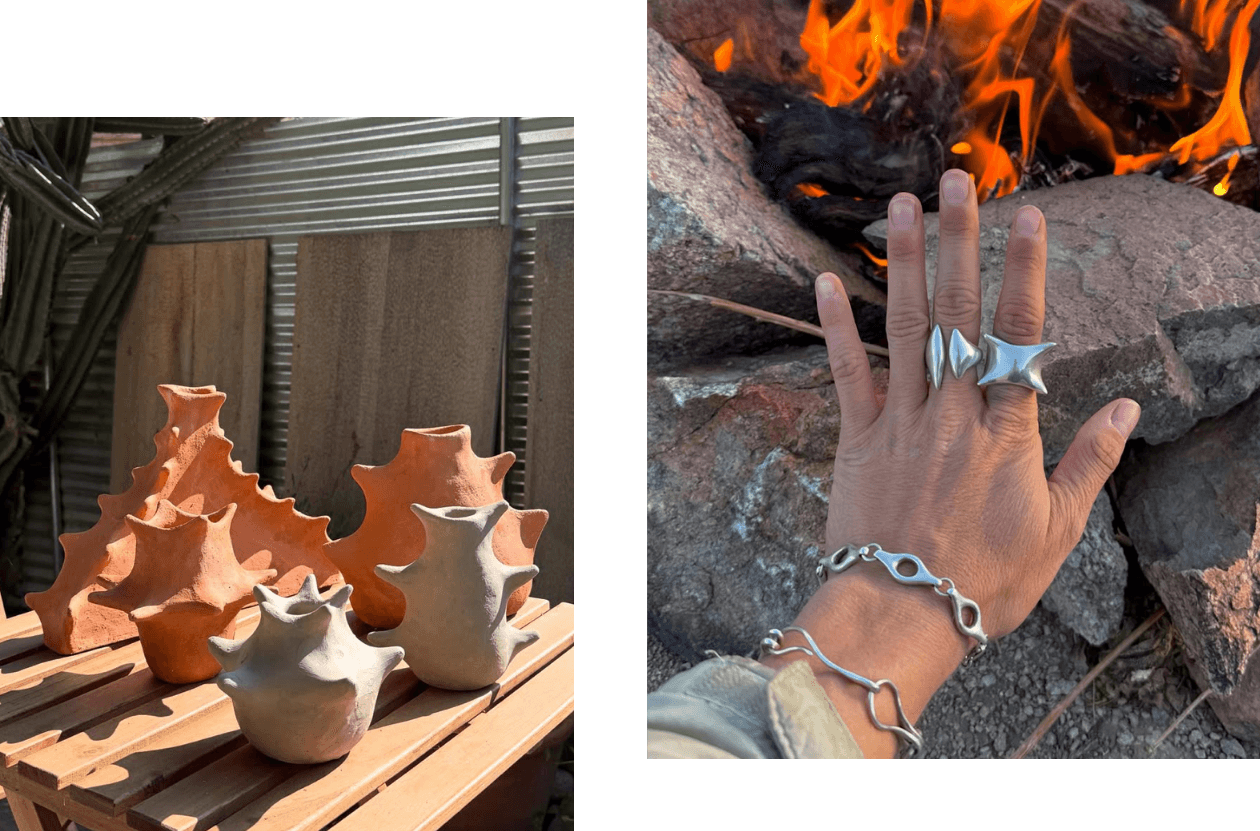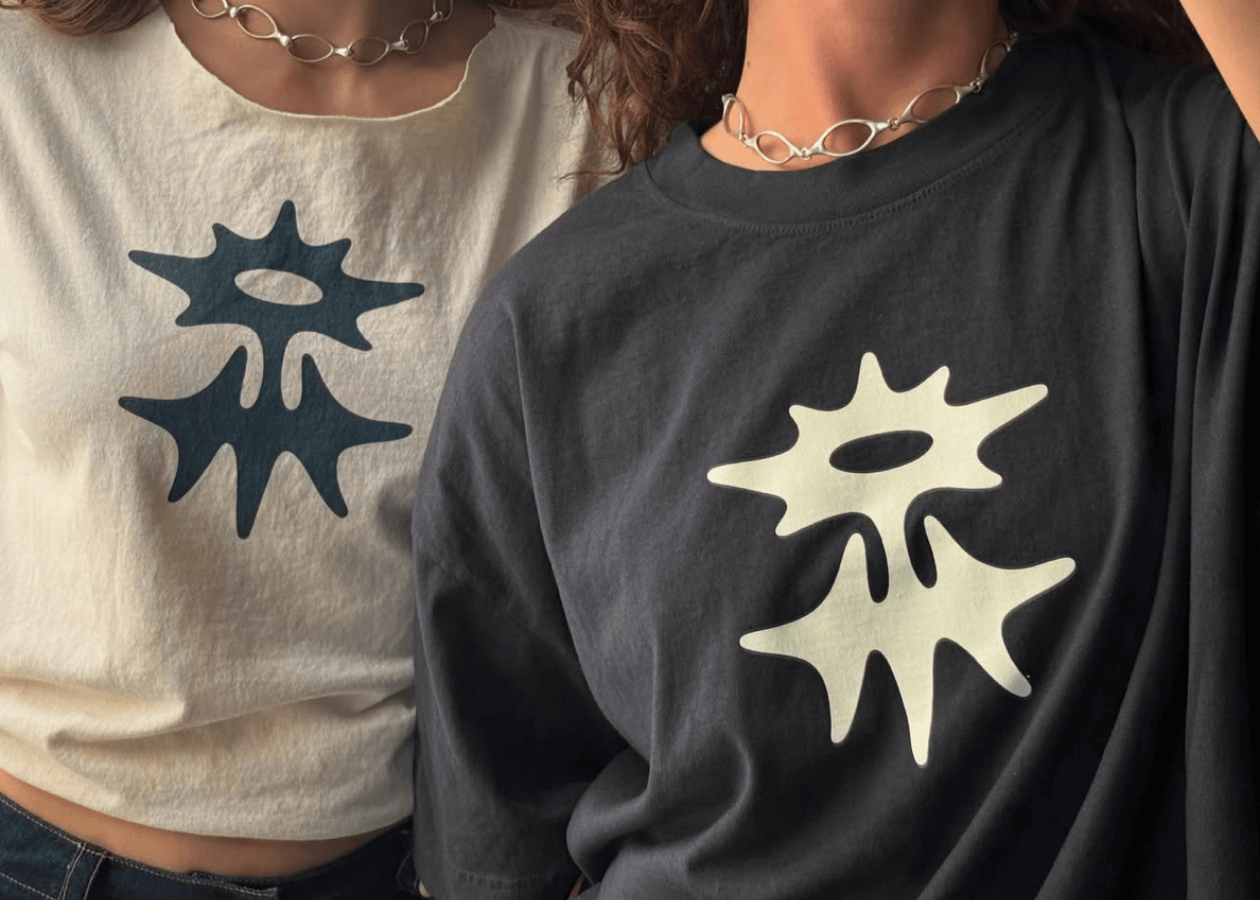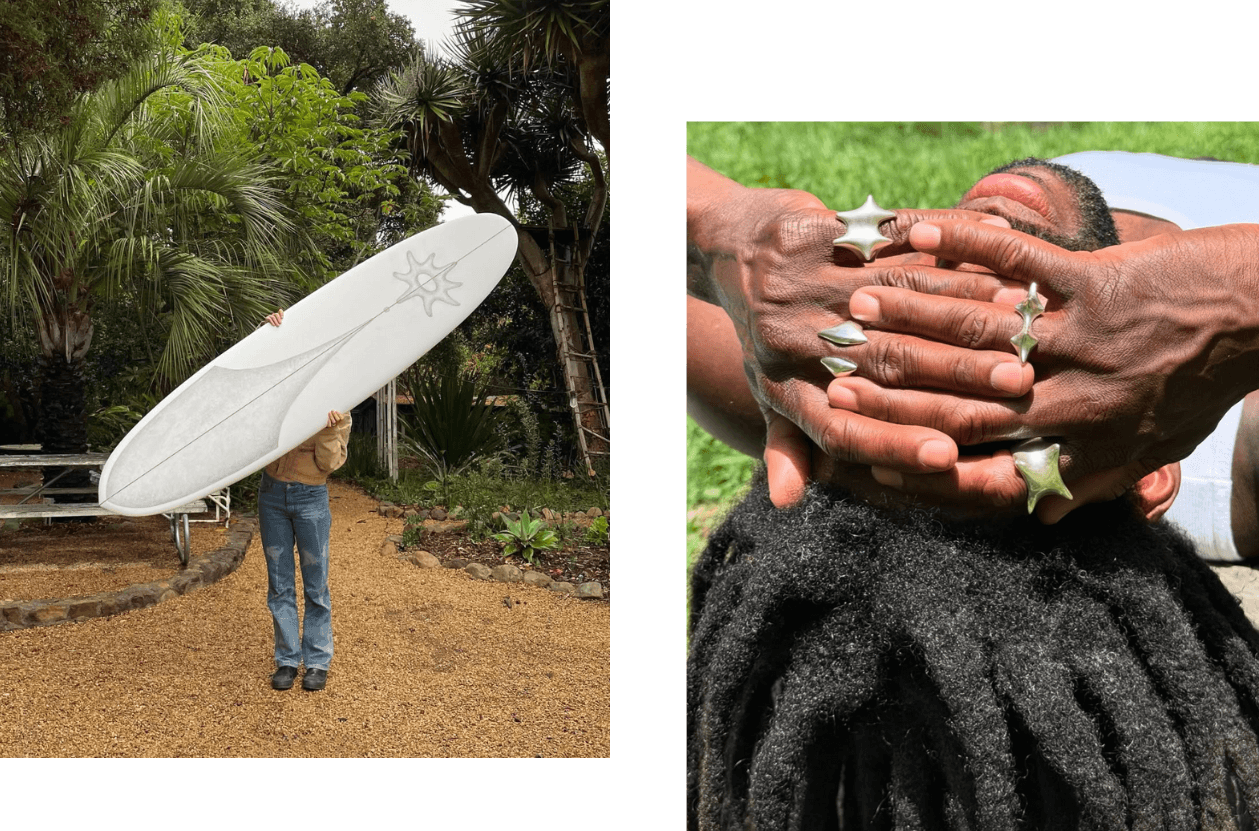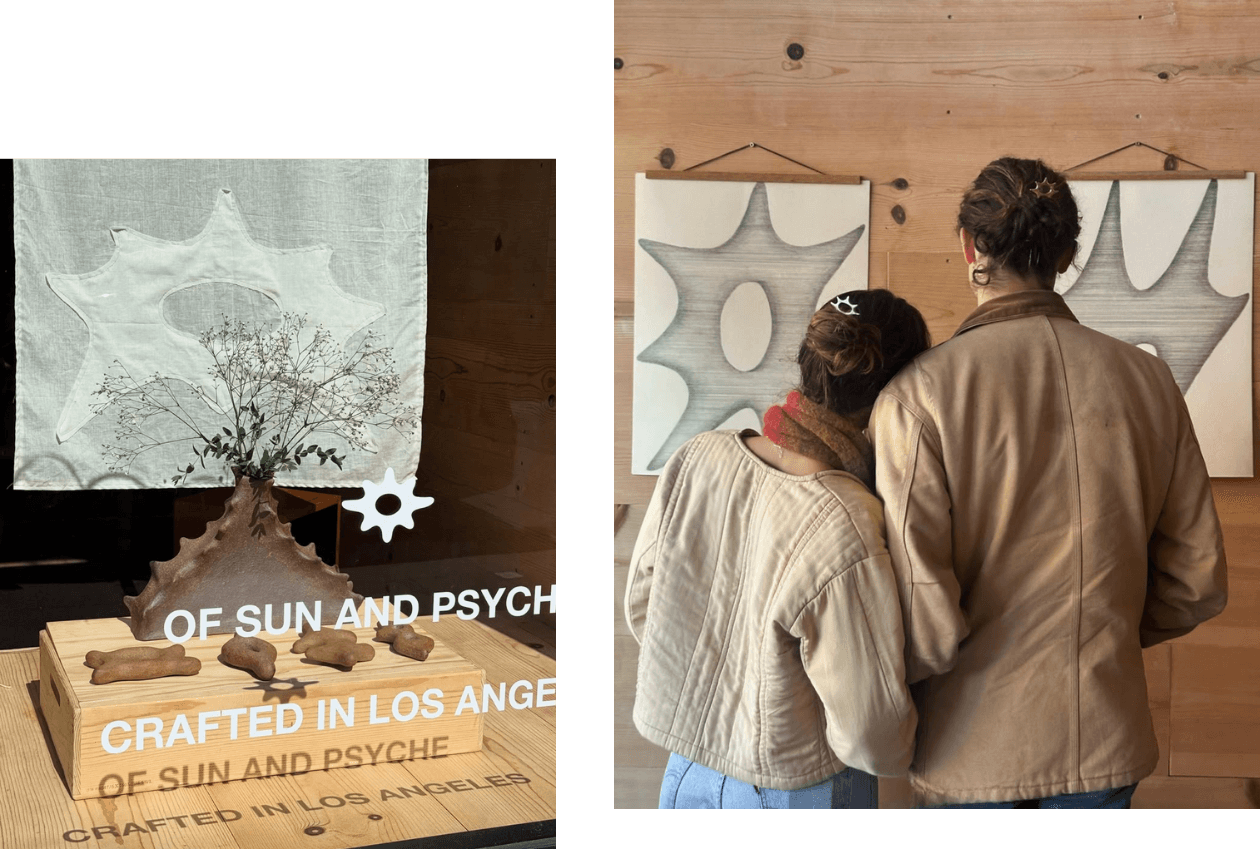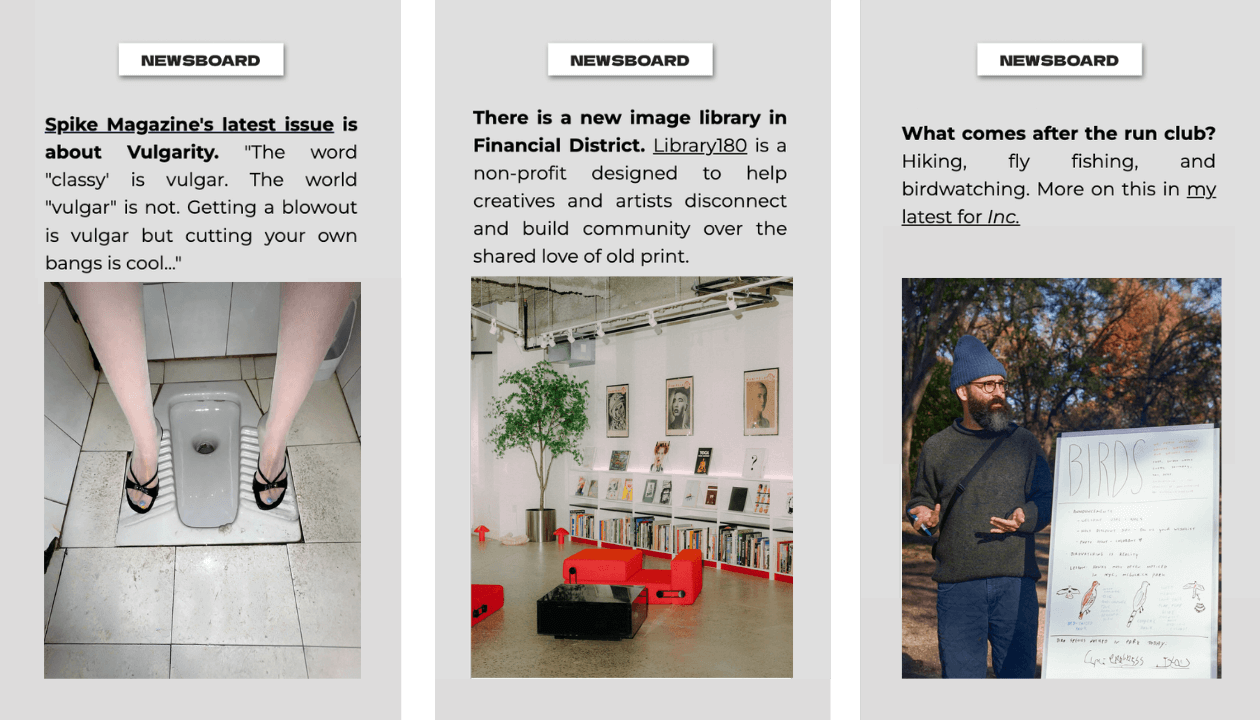Tapped Into Psyche, Tapped Out Of The Zeitgeist
Tattoo removal, self-expression, and the magical world of California Dirt
I sent my friend a picture from Lena Dunham’s Variety interview. “Ugh what a perfect tattoo,” I said about the “HOLLYWOOD FOREVER” written crudely across the sides of her ring fingers in red ink. It captures her public persona just as well as her writing captures the human experience — and I am jealous of both. Despite clipping pictures of aesthetic tattoos from the internet since early childhood, I never got one because I struggled to come up with something that captured me now and forever. I can move across the world, I can change careers, but I am not the type to get spontaneously inked at a party — permanence scares me.
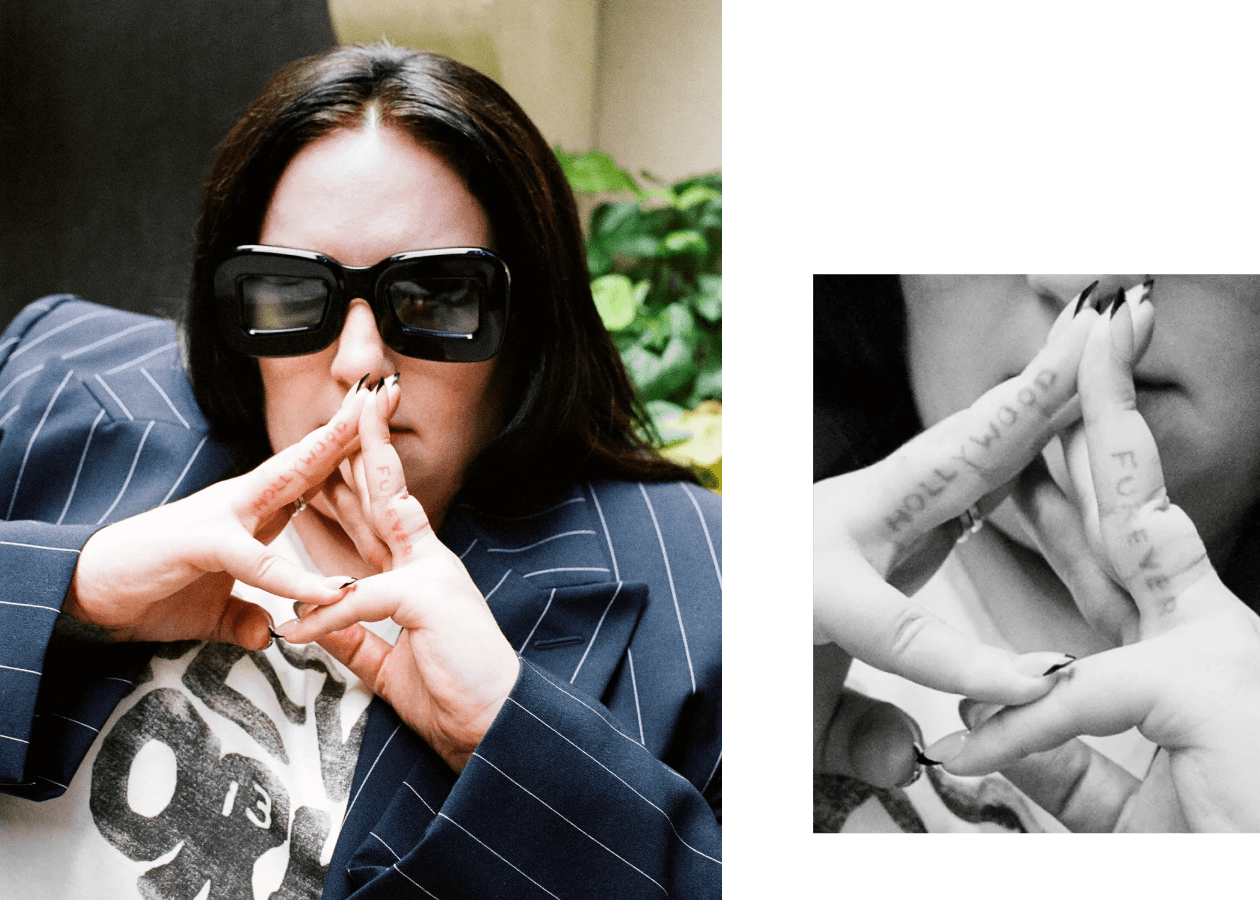
“It has this domino effect where someone sees someone getting a tattoo, and then the queue gets full,” designer and artist Carmen Kelly tells me about the flash tattoos people get at the pop-ups she puts together for her brand California Dirt. She was skeptical to offer them at first — for the most part, she’s been focused on designing jewelry, so it was hard to wrap her head around the symbols she created becoming a permanent part of someone’s body — but it turned out to be an instant hit. Some people get them because they like how they look, others find a personal meaning in them. One couple, who have been California Dirt customers for a long time, commemorated their engagement with a matching tattoo featuring two shapes designed by Carmen linked in a gentle union.
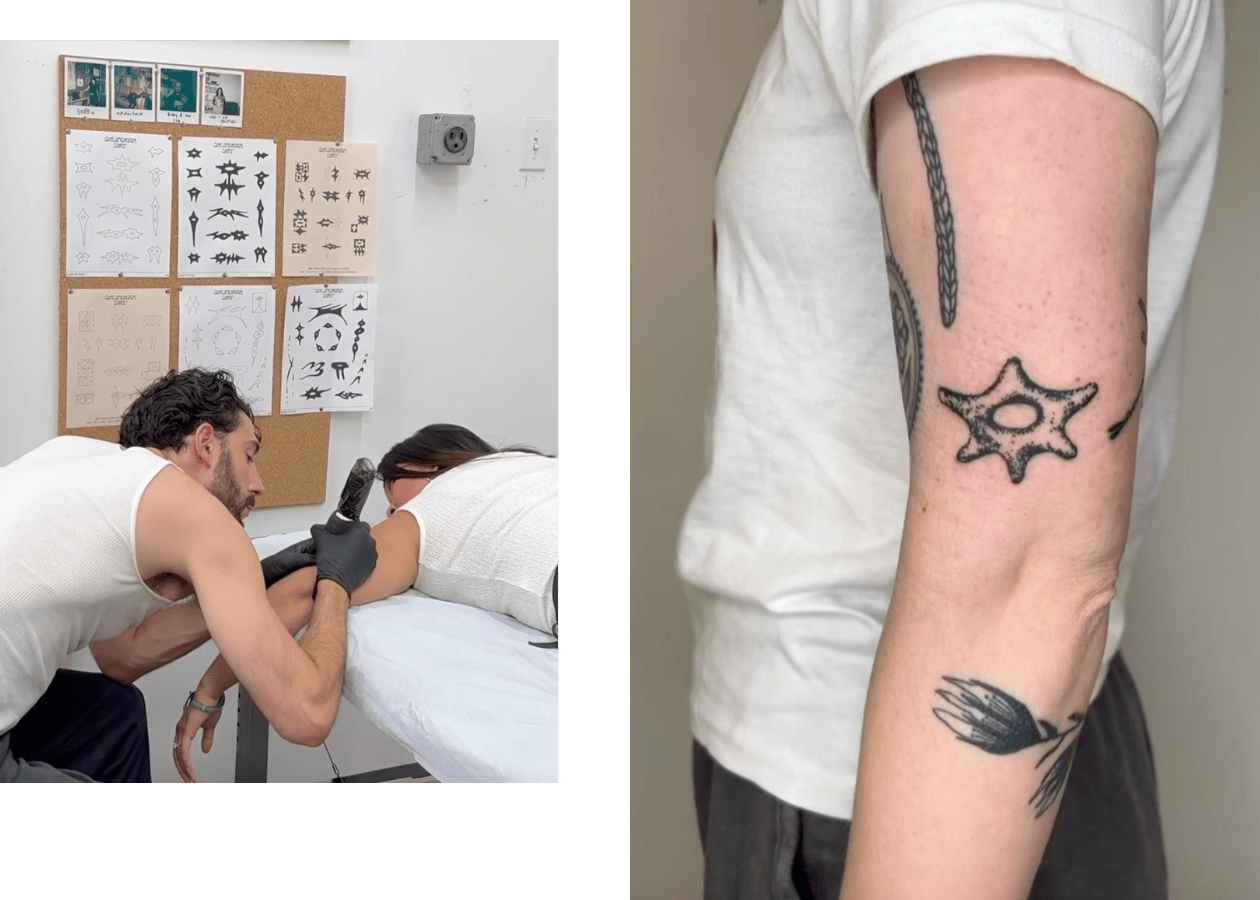
The symbols and shapes that have become the DNA of California Dirt emerged from Carmen’s work with a Jungian therapist while she was still at Rhode Island School of Design, experimenting across different materials and mediums. “A new symbol will be born, and I spend a lot of time with that symbol. I turn it into a piece of jewelry, a furniture handle, a belt buckle,” she says. She sees these abstract, psychic forms as lively mystical creatures that guide her through the design process. And although she has her own interpretations of the pieces she creates, she prefers not to share them with her customers. They get to prescribe their own meaning to the ones they take home, as if it’s an inkblot test, bringing what she starts in the studio to completion.
Throughout our chat, Carmen gets visibly self-conscious from verbalizing how spiritual her design practice is, but I find the exchange it’s able to facilitate uniquely freeing. Both of us are part of a generation that’s simultaneously so anal about constructing a visual persona that directly reflects our psyche and for the most part, so comically superficial in execution that we suck the meaning out of everything we touch and are forced to move onto something new unprecedentedly quickly. There is something so tragically beautiful about the intense wish to get things right being the very reason we fail at it so miserably. Loosening the grip on the controls both in creation and consumptions feels like a viable way to finally break this vicious cycle.

“People aged 35 to 50 tend to live with their tattoos for a decade before regretting them, whereas the younger generation — who never grappled with much stigma in the first place — regret their tattoos more quickly within two to three years,” Carrie Battan writes in a recent GQ piece about the growing popularity of tattoo removal. She interviews the owners of a tattoo removal clinic who are salivating at the idea of a future where the procedure becomes so quick and painless that tattoo culture can assume the cyclical rhythms of fashion. “It’s like, ‘Okay, I’m going to get new tattoos for the first day of school.’ Someone gets drafted by the Jets, they’re going to get a bunch of Jets tattoos. But if they get traded, they can remove them,” says one of them giddily.
What surprised me though is that none of Battan’s sources, even the “fuddy-duddy old-school tattoo purists,” are worked up about this the way culture and fashion critics are worked up about microtrends. Tattoo removal lets people participate in their culture without the pressure of making a mistake. It’s fun to get a dumb tattoo, it’s fine to regret it, and it’s cool that you can remove it and replace it with something great. It’s much more forgiving and progressive than certified snobs in media and fashion clinging onto nostalgia and sinking institutions in response to the rapid loss of substance, elegance, and coolness in their respective industries as they got unceremoniously disrupted by tech. The impulse is to “bring back gatekeeping” and retrieve back to the insider circles of people who “get it” in places, like Paris, New York, and LA.
“LA is such a hot bed for small creative brands,” Carmen notes as she explains that even though this is where California Dirt is based, San Francisco — the city that embodies what unregulated tech disruption can do to culture — has actually become a special place for the brand. Since last May, she’s hosted three pop-ups here that brought together a mixed bag of visitors — from Santa Cruz surfers to tech employees from San Jose who do pottery on the weekends. There is a different level of excitement about California Dirt here — people are eager to come out and are much more inquisitive about Carmen’s background and how the brand came about. There are plenty of entrepreneurs in The Bay, but few of them are creative.
Even back home in LA, Carmen’s most memorable interactions often involve people who don’t fit into the typical target demo for a creative brand ran by a young artist, like an eighty-year-old woman who saw herself in one of the earlier California Dirt pieces and decided to buy it as a birthday gift for herself. “It was the moment when designing in a timeless way became a design principle of mine,” says Carmen. She realized that the family of forms she created intuitively had something a lot of people strive really hard for — the rare power to transcend trends and turn into pieces that speak to people across generations.
Perhaps what I crave after all isn’t the perfect tattoo but the patience and confidence it takes to invite others into my world and let them experience it on their own terms. There is beauty in precision and permanence, sure, but is it worth all that pressure? The only real way to find out is to stop peddling so hard against the current and trust that it will stir us somewhere just as, if not more, beautiful.
IN THE MARGINS:
I posted a video about secret brand campaigns on Busy Corner’s IG; Perfectly Imperfect published a guide to conspiracy theories with A24 (write me at viktoriia@perfectlyimperfect.fyi); and Busy Corner newsboard features clippings from Spike Magazine, Library180, and my story about the rise of cool outdoors communities and the growing interest in hiking, fly fishing, and birdwatching among urban youth for Inc. this week.
Letting the tattoo gods guide me through the research for this week’s newsletter, I came across Tiarna Meehan’s tattoo reporting for Dazed. She’s written about Gen Z’s brand logo tattoos, post-ironic body art, and the rise of cowboy ink among other things.



